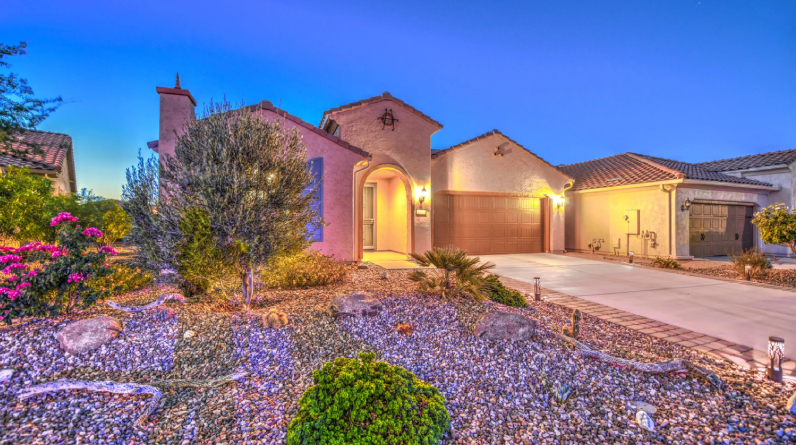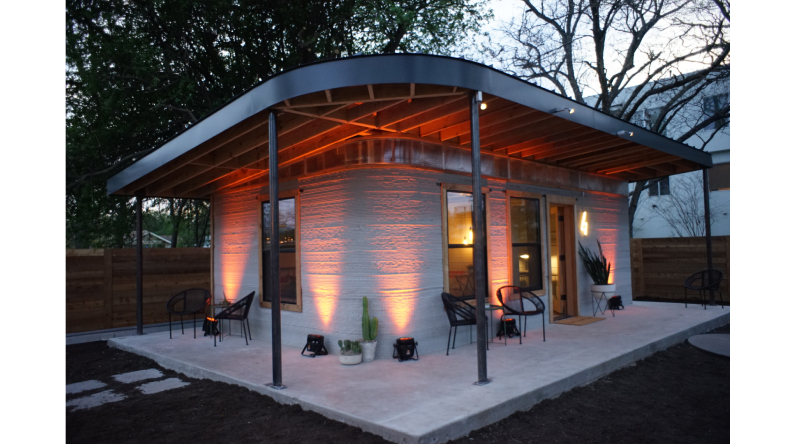Diamond Age, founded by Jack Oslan and Russell Varone, is revolutionising the construction industry. Instead of using wood for the structure’s framework, they use concrete, which can be laid out by a complex robotics system that then precisely carves out the necessary openings for the house’s windows and doors.
Varone explained, “We build the houses by adding one layer at a time.” We’ve made openings for doors, walls, and plugs. This will eventually be covered by a roof. It will look like a regular house from the outside. Just know that it was built more quickly and with higher quality, and you won’t have to worry about figuring out how it was made.
Eloy is located about 50 miles southeast of Phoenix, and Diamond Age has already constructed five 3D homes there. The point is that the houses look like any other freshly built residence on the market. As Oslan put it, “we want the home to look and feel like one you grew up in,” despite the fact that these houses are 3D printed and built by robotics.

Also Read : Madisonians embrace a sober lifestyle with community and mocktails in “Rethinking Drinking,” a documentary
The founders of the company claim they developed the technology to solve the national housing shortage. Rent increases parallel the national trend of a shortage of affordable housing. The automated system can construct a dwelling in under two months, while conventional building takes between six and nine. There is also a reduction in labour of 55%. “We need more houses to help people be able to realise the American Dream again,” Varone said. “You need them quicker and at a lower cost, and the simplest way to lower the cost of a house is to build them faster with automation,” he said.
According to Oslan, the costs of these high-tech dwellings are comparable to those of conventional houses, despite being more energy efficient and lasting for longer. Approximately $250,000 will get you into a brand-new 1,500-square-foot home in Eloy. The company’s strategy is predicated on the belief that increasing supply across multiple markets will lead to a general decline in housing costs. “We’re beginning in Phoenix, and as we expand, we hope to serve other cities and make it more affordable for young people everywhere,” Oslan said.
